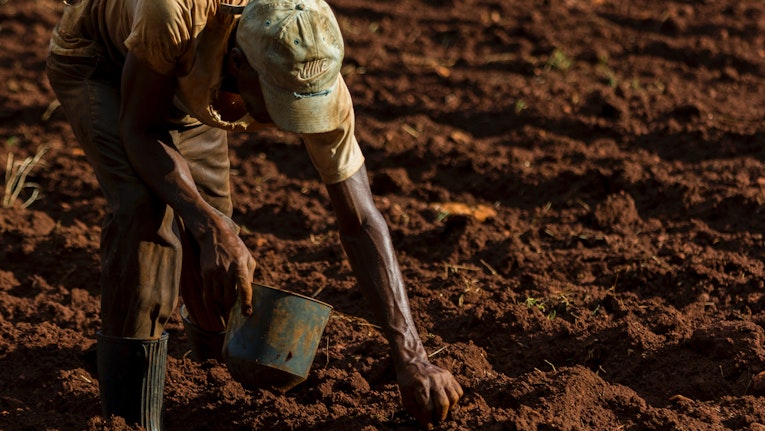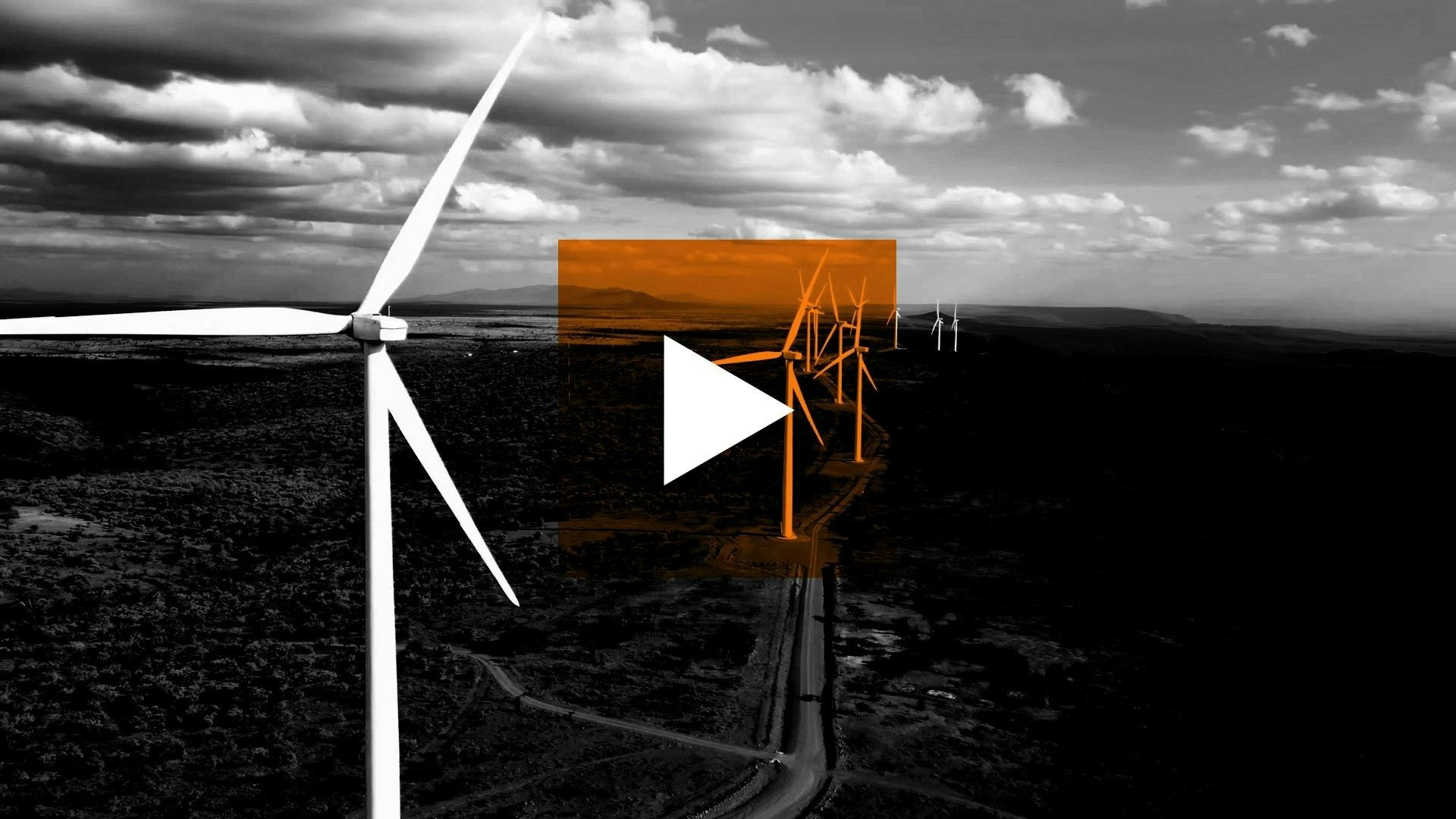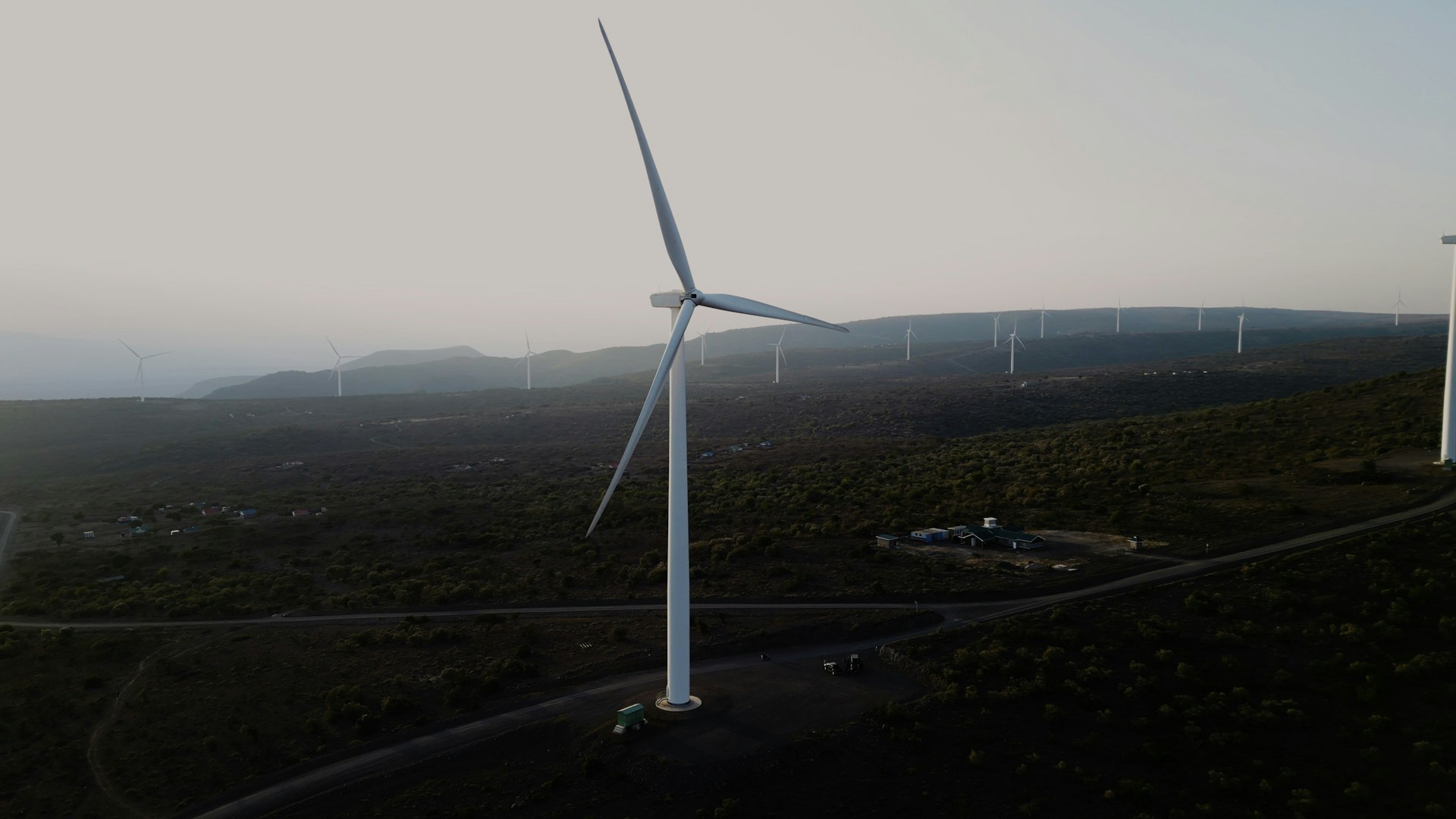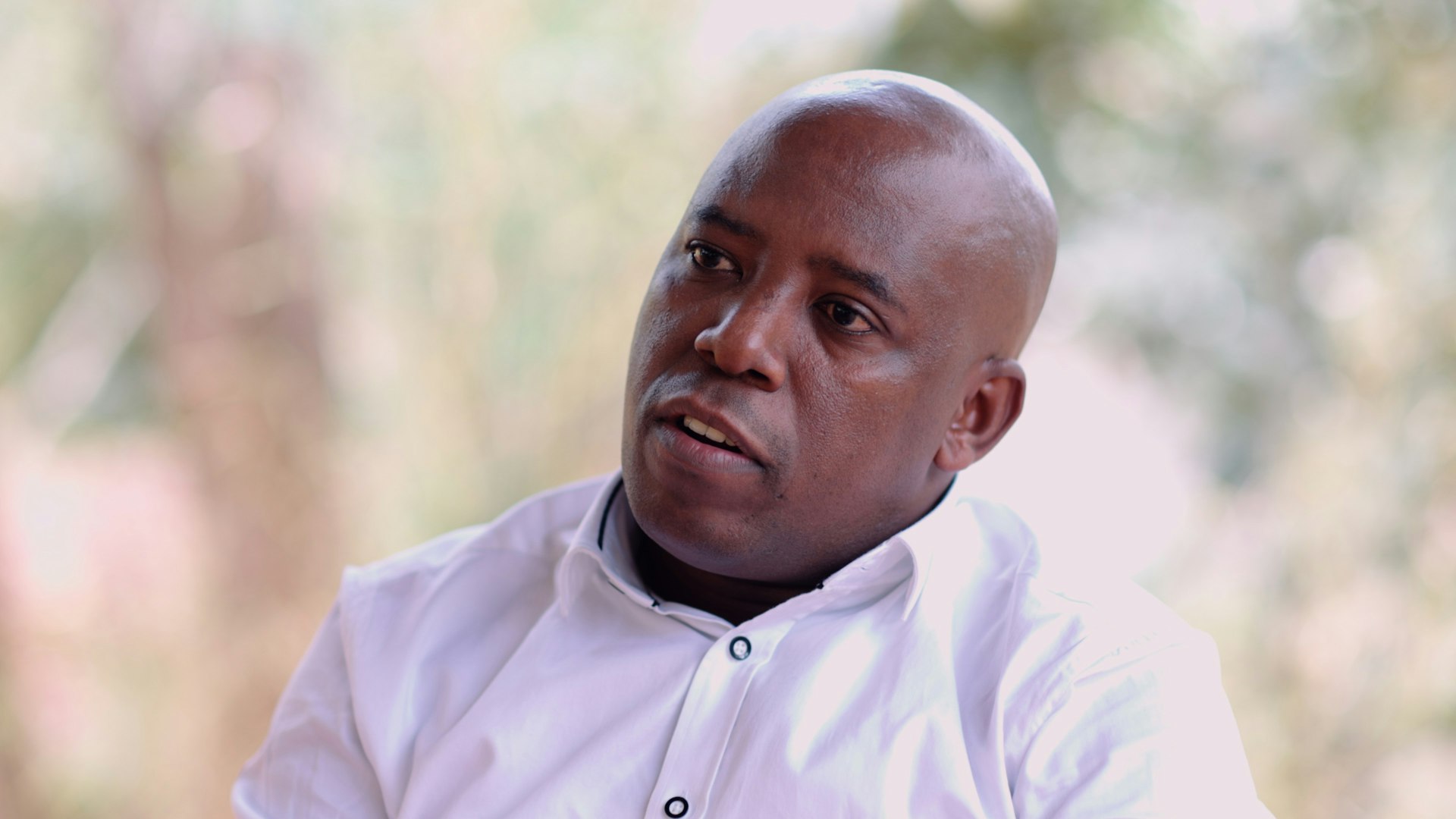Charging ahead - How access to electricity powers Kenya’s economic and social development
07/11/2022
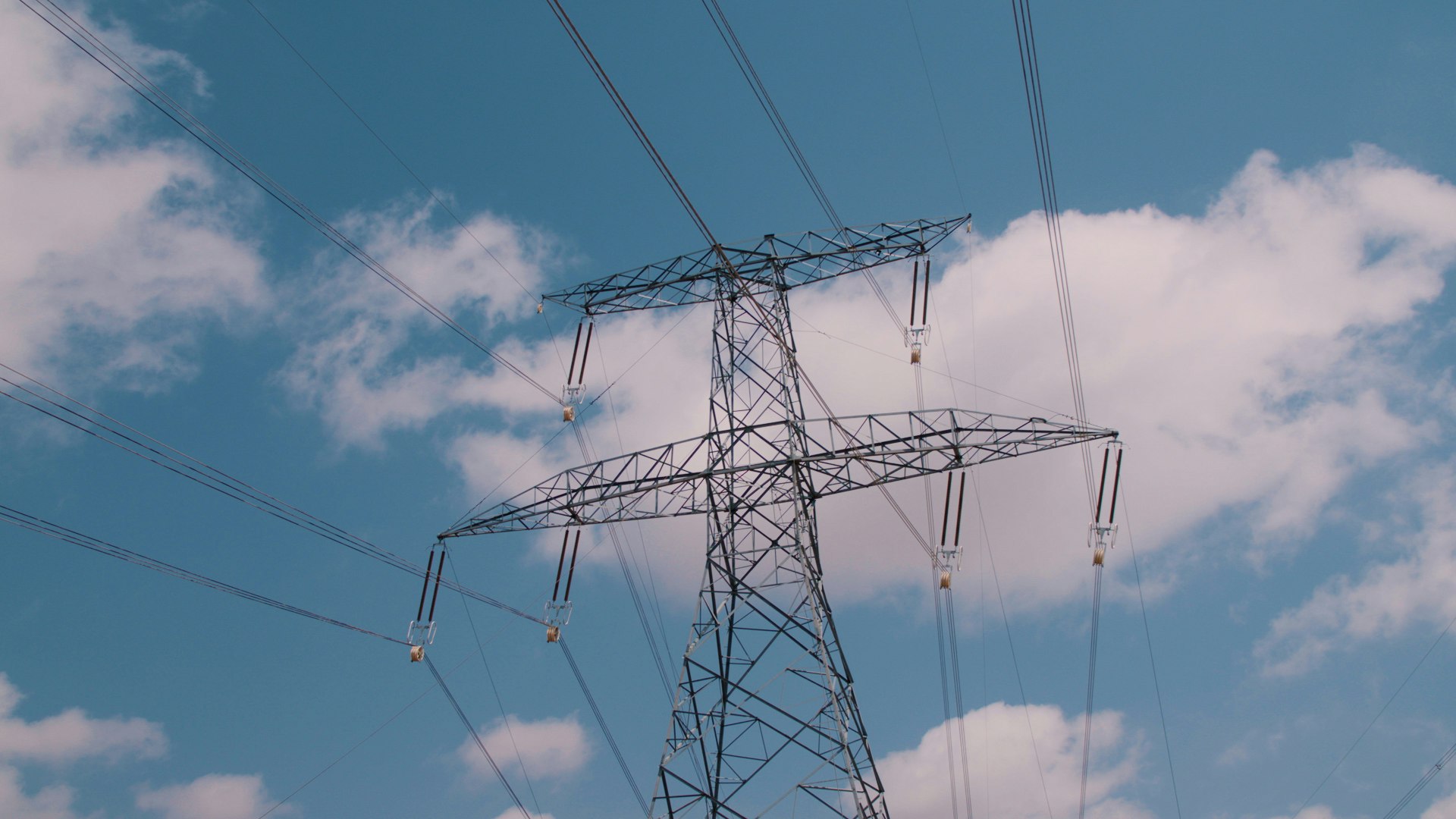
The power of progress is evident across Africa and nowhere more impressively than in Kenya.
The nation’s electrification rate hit 75% in early 2021, up from 53% in 2016, making it the only country in East Africa with electricity access for over 75% of the population. It is also home to the Kipeto Wind Power Project (Kenya’s second largest wind power project). And the progress doesn’t stop there, as observers predict that Kenya is on course to hit their target of 100% electrification by 2026.
This has allowed Kenya to become a leader within Africa in the electrification process, attracting global attention.
Furthermore, Kenya has managed to increase its electricity supply from renewable sources, allowing it to balance its economic needs with those of the environment and climate.
With the support of international organisations and partners, Kenya continues to invest heavily in renewable energy, particularly wind and solar, to ensure that the country’s energy self-sufficiency keeps apace with the population’s growing need for electricity in a sustainable way.
The transformative difference that access to reliable electricity makes cannot be overstated. In a short space of time, schools, hospitals, small businesses and other infrastructure that local communities can rely on become highly effective.
Once set up, utilising electric power extends the longevity of all these institutions, thereby increasing both capacity and accessibility, increasing the number of citizens who can benefit.
Lighting up learning
Kima School is located on an island in Lake Victoria, approximately 2km from the mainland. Before it was connected to a local electricity supply, teachers at this remote school had no lighting, or power for computers and also lacked internet access. Even access to exam papers meant many wasted hours travelling to nearby towns.
In 2018, the school was connected to the Renewable World solar mini grid, changing the lives of the teachers and pupils on the island.
Today, over 100 children can access light at the school from early morning, with boarding pupils able to also rely upon safe electricity at night. Teachers can now hold classes in the evening to support children around exam times, as well as putting on extra classes for children who are struggling.
Reliable electricity supply also reduces the bills across Kenya’s social infrastructure institutions, which makes them more viable in the long-term.
Within healthcare institutions, outcomes are improved from better access to electricity, as better healthcare can be provided and procedures can reliably be completed. This requirement was heightened in rural areas during the COVID-19 pandemic.
Generating hope and capital
‘Without electricity, Kenyans will remain in the dark, and Kenya wants to shine on the international scene.’ Jacqueline Mwendo, Nurse, Olosho-Oibor, Kenya.
Access to electricity is also key to Kenya’s economic growth.
An improved, more modern electricity infrastructure attracts greater foreign investment, as foreign funders will see Kenya as an investment destination with stronger potential for growth.
The government and population’s commitment to electricity as a power source also attracts attention for investment in electricity in other sectors, such as electric vehicles.
Meanwhile, the process of constructing this new electricity infrastructure creates thousands of job opportunities nationwide. These projects warrant an increased need for skilled labour, equipping workers with vital long-term skills which will benefit their career and economic prospects.
On a more localised level, providing electricity to individuals gives them autonomy to be economically independent. It also allows them to be entrepreneurial, as they can start up their own businesses and provide for themselves and their families. Furthermore, improving access to electricity reduces its unit cost, lowering the cost for households and providing them with more disposable income.
Power without control?
The benefits of this transition to clean energy are extremely positive, creating jobs, protecting local economies and accelerating the sustainable industrialisation of Africa.
When compared to fossil fuels, the importance of controlling the source should also not be discounted. The wind cannot be stockpiled to drive up its price; the sun’s rays cannot be switched off by a single person or state who wants to weaponise energy.
Wind turbines and solar panels are quick to construct and can generate and deliver power far more quickly and easily than a new oil rig, and with much less harm to the fragile climate.
Kipeto Wind Power Project
The Kipeto Wind Power Project has been heralded as a flagship achievement for Africa’s new green growth principles.
Africa’s second largest wind power plant was designed to protect the environment and take meaningful action on climate change, while boosting the economy and the livelihood of locals.
As well as generating reliable renewable energy, the project also constructed new housing for local families, supported schools with PPE during the pandemic, drilled community water boreholes, and established a youth vocational skills program.
More than 800 jobs were created during the construction phase of the project and an additional 60 permanent jobs are anticipated during the operational phase. Around 200 families are also expected to benefit directly from the turbine revenue located on their land, with the company establishing a Community Trust to oversee further distribution of profits to the wider local area.
Learn more about how Kenya is providing electricity to its population in a sustainable way. Watch Beyond the Headlines: Green Growth in Kenya on Africa Verified.
Reliable Access to Electricity = Development for Kenya
Electricity is a vital economic and social service, critical to production, essential services such as health and security and quality of life of citizens.
While generation capacity has increased considerably in recent years, our electricity is expensive and unreliable. This ought not to be the case, given that we are blessed with considerable geothermal, solar, wind and water resources that can provide cheap environmentally friendly power.
Cheap clean power can be a strong value proposition for attracting energy-intensive production for the global market in Kenya.
Kenya has proven that it can be a global leader in the process of electrification. Furthermore, it has shown that improving access to electricity has been central to creating better economic and social outcomes for its population and ensuring that the country develops.
Most importantly, this has largely been achieved through renewable sources of electricity, allowing Kenya to achieve sustainable economic and social development.


